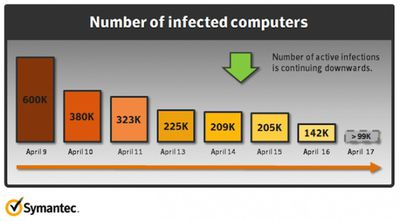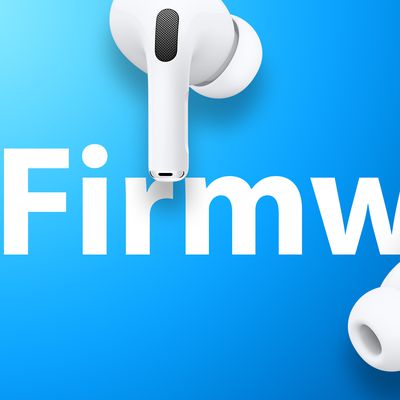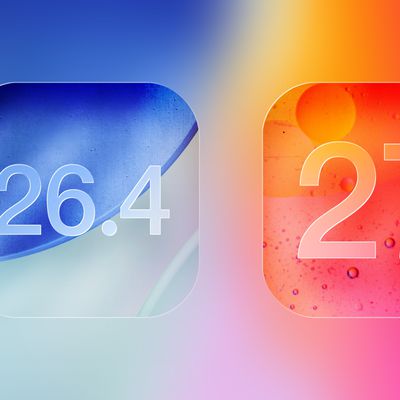Flashback Malware Still Affecting over 100,000 Macs
While Apple has pushed out several software updates to detect the Flashback malware and remove it from infected systems, Symantec noted late yesterday that over 100,000 machines remain afflicted by the issue as detected by their sinkhole operation to redirect server traffic.

Symantec pegged the number at approximately 142,000 as of Monday, listing a rough estimate of "over 99,000" as yesterday's data was still coming in. Those numbers are down from a peak of over 600,000 machines two weeks ago, but a substantial number of machines are still infected by the malware.
The statistics from our sinkhole are showing declining numbers on a daily basis. However, we had originally believed that we would have seen a greater decline in infections at this point in time, but this has proven not to be the case. Currently, it appears that the number of infected computers has tapered off, but remains around the 140,000 mark.
As there have been tools released by Symantec and other vendors in the past few days concerning this threat, the infection numbers should have seen a dramatic decrease by now.
Symantec also takes a look at the domain name generator that allows infected machines to connect to their command-and-control servers to receive instructions. The generator uses a list of 14-character strings rotated each day, coupling each string with one of five top-level domains (.com, .net, .info, .in, or .kz) to find its instructions.
The report also claims that Flashback-infected systems can receive updated command-and-control server locations through Twitter, although no details on that process are provided. A similar claim was made for earlier versions of Flashback, although there has apparently been no demonstration of the Twitter delivery method actually being used.
Popular Stories
Apple seeded the second iOS 26.2 Release Candidate to developers earlier this week, meaning the update will be released to the general public very soon.
Apple confirmed iOS 26.2 would be released in December, but it did not provide a specific date. We expect the update to be released by early next week.
iOS 26.2 includes a handful of new features and changes on the iPhone, such as a new...
Apple today released new firmware designed for the AirPods Pro 3 and the prior-generation AirPods Pro 2. The AirPods Pro 3 firmware is 8B30, up from 8B25, while the AirPods Pro 2 firmware is 8B28, up from 8B21.
There's no word on what's include in the updated firmware, but the AirPods Pro 2 and AirPods Pro 3 are getting expanded support for Live Translation in the European Union in iOS...
Google Maps on iOS quietly gained a new feature recently that automatically recognizes where you've parked your vehicle and saves the location for you.
Announced on LinkedIn by Rio Akasaka, Google Maps' senior product manager, the new feature auto-detects your parked location even if you don't use the parking pin function, saves it for up to 48 hours, and then automatically removes it once...
Macworld's Filipe Espósito today revealed a handful of features that Apple is allegedly planning for iOS 26.4, iOS 27, and even iOS 28.
The report said the features are referenced within the code for a leaked internal build of iOS 26 that is not meant to be seen by the public. However, it appears that Espósito and/or his sources managed to gain access to it, providing us with a sneak peek...
Apple has ordered 22 million OLED panels from Samsung Display for the first foldable iPhone, signaling a significantly larger production target than the display industry had previously anticipated, ET News reports.
In the now-seemingly deleted report, ET News claimed that Samsung plans to mass-produce 11 million inward-folding OLED displays for Apple next year, as well as 11 million...
Apple today released iOS 26.2, the second major update to the iOS 26 operating system that came out in September, iOS 26.2 comes a little over a month after iOS 26.1 launched. iOS 26.2 is compatible with the iPhone 11 series and later, as well as the second-generation iPhone SE.
The new software can be downloaded on eligible iPhones over-the-air by going to Settings >...
The AirTag 2 will include a handful of new features that will improve tracking capabilities, according to a new report from Macworld. The site says that it was able to access an internal build of iOS 26, which includes references to multiple unreleased products.
Here's what's supposedly coming:
An improved pairing process, though no details were provided. AirTag pairing is already...
Apple is about to release iOS 26.2, the second major point update for iPhones since iOS 26 was rolled out in September, and there are at least 15 notable changes and improvements worth checking out. We've rounded them up below.
Apple is expected to roll out iOS 26.2 to compatible devices sometime between December 8 and December 16. When the update drops, you can check Apple's servers for the ...
Apple is working on a smart home hub that will rely heavily on the more capable version of Siri that's coming next year. We've heard quite a bit about the hub over the last two years, but a recent iOS 26 code leak provides additional insight into what we can expect and confirms rumored features.
Subscribe to the MacRumors YouTube channel for more videos.
Macworld claims to have access to an ...

























